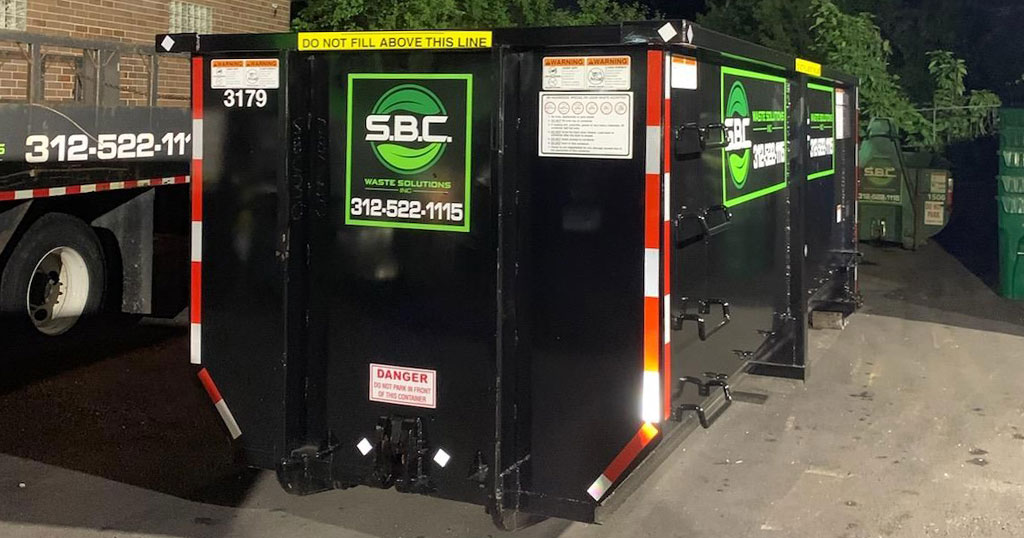Demolition projects, especially in residential areas like Suffolk County, require meticulous planning and adherence to safety protocols to ensure the…
Read More

Demolition projects, especially in residential areas like Suffolk County, require meticulous planning and adherence to safety protocols to ensure the…
Read More
With Chandler Used Car Trends Up In 2024 vary from what is in the market right now to show shoppers…
Read More
Are they concerned about cancer tests? This article provides essential information on various tests, their benefits, and how they aid…
Read More
CBD, short for cannabidiol, has acquired huge prominence lately for its expected restorative advantages, especially in overseeing torment. CBD gummies…
Read More